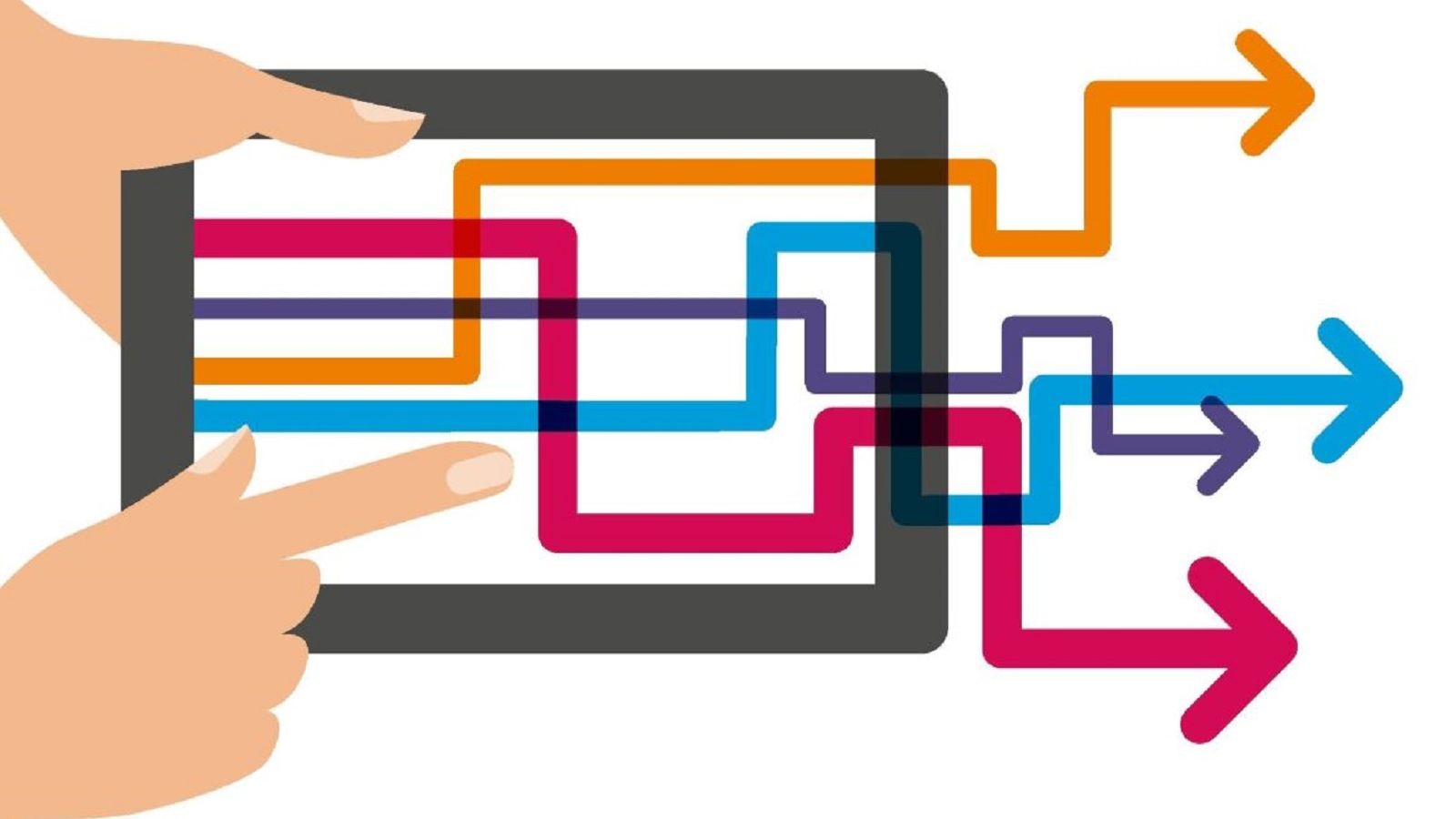Talk to a specialist

Darren Wingfield
Commercial Manager
Leave your details below and we’ll give you a call to chat about how we can help your business move forward.

Darren Wingfield
Commercial Manager
Leave your details below and we’ll give you a call to chat about how we can help your business move forward.


Making Tax Digital (MTD) is a government-led initiative that looks to make the future of tax, uh, digital (the clue’s in the name).
Making Tax Digital looks set to introduce fundamental changes to the way the tax system works, with HMRC striving to become one of the most digitally advanced tax administrations in the world by making the process more effective, efficient and easier for the everyday taxpayer.
MTD rules will be extended to income tax from 6th April 2024, and rumours have been circulating since that this spells the end of Self Assessment for self-employed sole traders.
But the truth is a little more complicated than that.
After 6 April, self-employed workers earning over £10,000 annually will stop using traditional tax returns and, instead, will report their self-employment income in accordance with MTD. Those earning below the £10,000 threshold will continue using the current Self Assessment system as usual.
It’s important to note that there are various professions that can fall within this self-employed bracket, including freelancers, construction workers, side hustlers and landlords.
So, what does this all mean for your taxes? Let’s explore.
Self Assessment: how it currently works
The existing process for self-employed workers filing their tax returns is to complete a Self Assessment.
This is where you inform HMRC of your income and expenses, as well as detailing any relevant adjustments and allowances, to calculate an annual tax and National Insurance bill.
The Self Assessment form can be completed by the individual or by an accountant on their behalf, either online or via post. Online submissions must be filed by 31st January following the end of the tax year, while paper forms (SA100) must be posted to arrive no later than 31st October.
Making Tax Digital: what will change?
Unincorporated businesses and landlords earning over £10,000 from their trade or rental income will be subject to Making Tax Digital for Income Tax Self Assessment rules as of April 2024.
This means you’ll be waving goodbye to the Self Assessment form and saying hello to compatible software that enables you to conduct your accounting and keep digital records of all finances.
Sole traders who are already VAT registered will be familiar with MTD guidelines after keeping digital records and submitting VAT returns via MTD software since April. For those not yet aware, there will be three fundamental changes that will be introduced:
Making Tax Digital doesn’t change the rules of income tax - just the way it's reported - meaning rules around personal tax allowances, National Insurance contributions and the like remain the same.
At present, sole traders are free to conduct their accounting in the way that works best for them, be it a notebook on your desk or a spreadsheet on your computer. However, MTD dictates that you must use dedicated accounting software to file your income tax and that all records must be maintained and stored digitally.
You are able to use bridging software to connect non-compatible software (like spreadsheets) to HMRC systems, but to streamline the process with minimal complications, the easier option is to use MTD-recognised accounting software.
Most of the compatible software will require payment, though there are some free versions available. You should choose software that is suitable for you by browsing this handy list from HMRC.
This software looks to encourage basic accounting practices and stores all of the up-to-date information you'll need to file income tax returns - making recording payments, submitting your EOPS and calculating your final declaration a breeze.
How to prepare and apply for MTD 2024
If you’re already subscribed to a cloud accounting software, good news: you’re likely already set up for MTD.
Signing up for MTD for Income Tax must be done through compatible cloud-based software rather than the HMRC website, meaning you’ll need this in place as a priority.
As outlined in this guide from HMRC, you’ll also need your:
Until then, other ways sole traders can prepare today for the introduction of MTD for Income Tax in April 2024 include:
Of course, the easiest way to make sure you’re ticking all the right boxes is to consult a financial professional.
Taking care of your administrative heavy lifting, accountants remove all the stress, confusion and complications of Making Tax Digital by streamlining the transition and optimising your processes - why not see what we can do for you today?